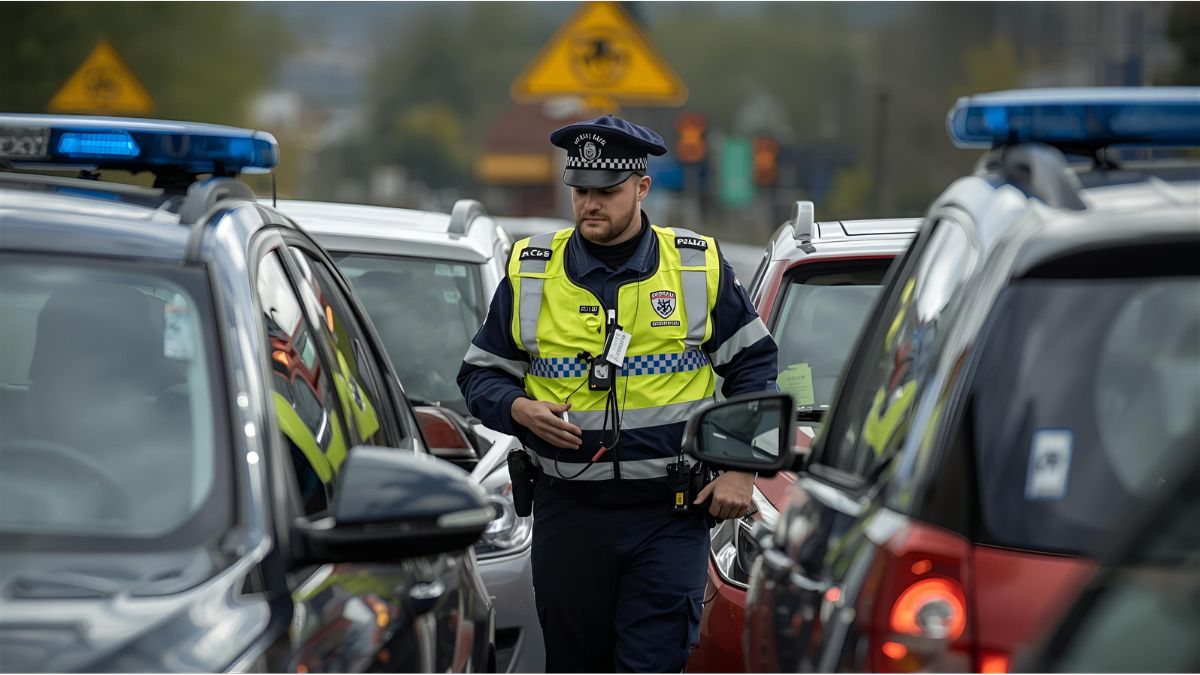Germany’s border police have intercepted a record number of illegal weapons in 2025, underscoring how intensified border checks are exposing deeper security concerns beyond migration control.
From January to September, officers confiscated 2,998 weapons — surpassing the total number for the entire previous year (2,990). Authorities say the trend highlights both the success of stricter inspections and the scale of cross-border trafficking.
From firearms to stun guns: a wide range of prohibited items
The items seized include not only firearms and ammunition but also banned knives, blank pistols, brass knuckles, pepper sprays, throwing stars, switchblades and electric shock devices.
Some of these are outright illegal in Germany, while others may only be imported under strict conditions, such as specific licences or self-defence exemptions.
Officials note that the numbers reflect both the intensity of controls and the variety of objects that travellers attempt to carry across borders.
A steady rise since 2021
In 2021, federal police reported just over 1,200 illegal weapons discovered, primarily during checks along motorway crossings between Germany and Austria.
But as border controls expanded, so did the number of findings. When then-Interior Minister Nancy Faeser extended inspections in October 2023 to include borders with Poland, the Czech Republic and Switzerland, weapon seizures jumped to more than 1,600 within the same year.
By late 2024, randomised checks had also been introduced at crossings with France, Belgium, Luxembourg, the Netherlands and Denmark — pushing the total to nearly 3,000.
Latest expansion under Interior Minister Dobrindt
In May 2025, current Interior Minister Alexander Dobrindt (CSU) further reinforced federal police deployments at border points, adding more crossings under surveillance. The intensified operations, initially authorised for six months, have since been extended through March 2026, with formal notification to the European Union.
The ministry argues that continued monitoring is essential for both migration management and public safety, as the flow of illegal weapons often overlaps with organised crime routes.
Link between stronger checks and higher detection
Experts point out that rising seizure figures do not necessarily mean more weapons are being trafficked — but rather that authorities are detecting more of what previously went unnoticed.
“Every time the control intensity rises, so do the results,” said one federal police spokesperson. The pattern suggests that border monitoring remains one of the most effective tools for identifying potential security risks early.
Balancing security and free movement
While border checks within the Schengen Zone remain politically sensitive, Germany’s interior ministry insists the temporary controls comply with EU law and are necessary given the current security landscape.
The ongoing data collection will likely inform broader European discussions about balancing open borders with targeted enforcement.
For now, however, 2025 is set to mark Germany’s highest-ever recorded number of seized illegal weapons at its borders — a stark indicator of the challenges facing European border security.









